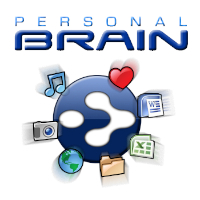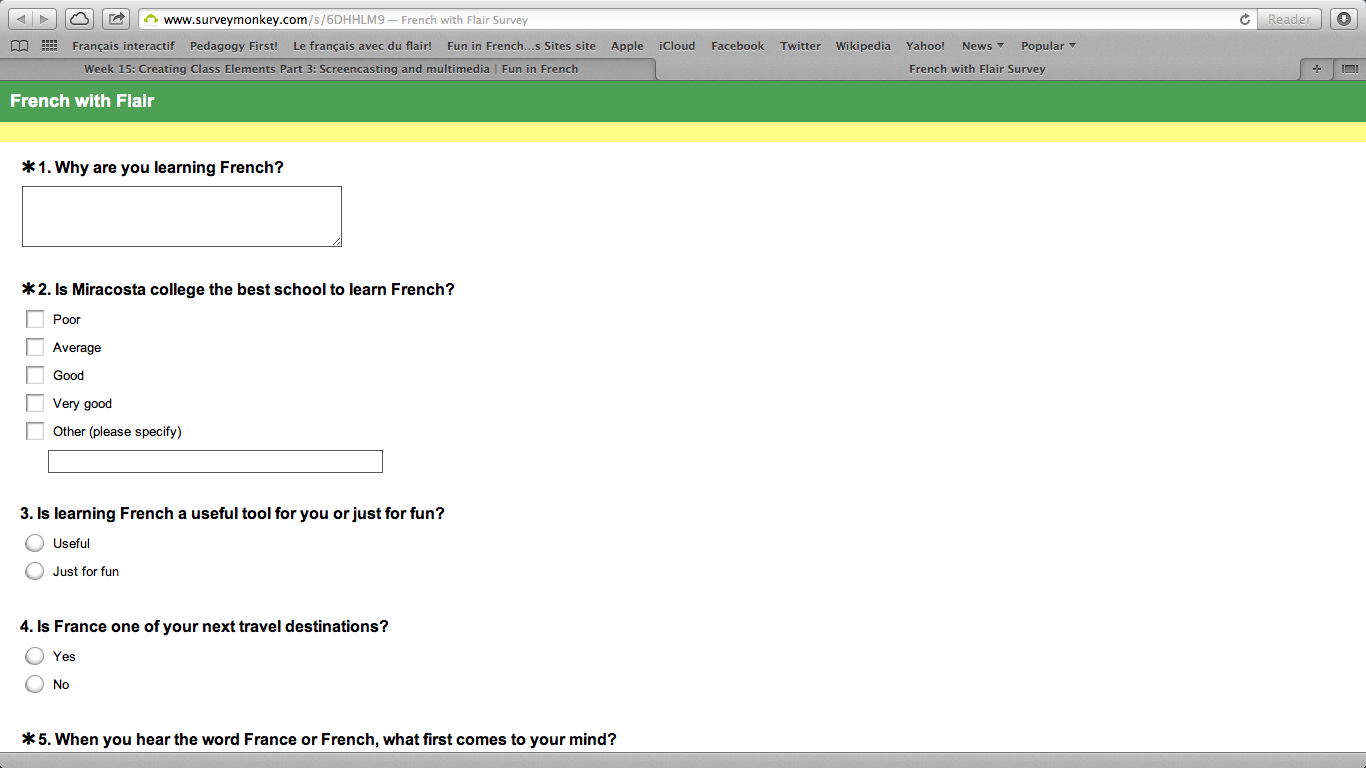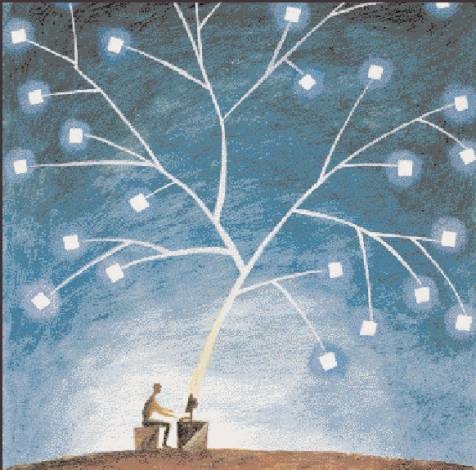
POST
Week 1 http://wordpress.miracosta.edu/darnaud2/2012/09/09/week-1/
What I learned that week: The 1st week was easy but wondering in what I embarked myself into, at first…Intrigued but willing to explore!
Week 2 http://wordpress.miracosta.edu/darnaud2/2012/09/16/week-2/
What I learned that week: I like the beginner’s questionnaire, which gave me some good directions for what to expect for Potcert. It also gave me the opportunity to talk about some online tools I use regularly for my class (Blackboard, NING, etc.).
Week 3 http://wordpress.miracosta.edu/darnaud2/2012/09/29/week-3/
What I learned that week: I mentioned my pedagogical goals for my class stating that I always focus on those each semester. One important thing I learned is that I should put more emphasis on auditory cues.
Week 4 http://wordpress.miracosta.edu/darnaud2/2012/10/01/week-4/
What I learned that week: I enjoyed a lot looking at some online classes as examples to get ideas. I then realized that you have to concentrate on what is the most important: not to add too much content but centralizing yourself as a teacher on what is the goal of the course: clarity and the main focus of your discipline.
Week 5 http://wordpress.miracosta.edu/darnaud2/2012/10/07/week-5/
What I learned that week: Three main parts here concerning the contract, the map and the schedule clearly stated in the online class. I focused on two sections that I regularly use: the face to face instructions and the online components to make the “perfect” hybrid class.
Week 6 http://wordpress.miracosta.edu/darnaud2/2012/10/15/week-6-is-behind-me/
What I learned that week: Learning new tools that week about embedding a video into my blog. Also found a fun video about acquiring the basic elements of French on the Internet. But above all, the Internet quiz showed me that I was only 88% right about basic Web definitions….
Week 7 http://wordpress.miracosta.edu/darnaud2/2012/10/22/week-7-online-…-virtual-world/
What I learned that week: I kept reading my weekly assignment in the online teaching book by Ko & Rossen. I commented on the intricate online tool Second Life. Interesting but requiring some good time involvement to become good at it. I also commented on other Potcert candidates’blogs. Finally, I inserted in my blog a basic dictation in French as an example for an exercise for anyone who would like to try it out in Pedagogy first!
Week 8 http://wordpress.miracosta.edu/darnaud2/2012/10/29/week-8-creatin…munity-forever/
What I learned that week: I mentioned that I used quite a few times the Blackboard tool, Elluminate live! Going over also the NING cultural blog that I set up for my students where they can make comments based on comparisons between their culture and the French one on many different subjects: 74!
Week 9 http://wordpress.miracosta.edu/darnaud2/2012/11/05/week-9/
What I learned that week: I became a member of Merlot and Diigo. Merlot: This is a site is full of wonderful information stretching from videos to comments to files on every subject under the sun. Diigo: I made a couple of comments also. I realized that Diigo is also very useful as a community effort to gather and share information about online teaching. I also talked about an online tool that I use for my students, goanimate.com where for fun and learning my students can make up cartoons.
Week 10 http://wordpress.miracosta.edu/darnaud2/2012/11/08/week-10/
What I learned that week: Lots of new learning thanks to mainly J. Sullivan’s and L.Lane’s Elluminate session about blogging. I really feel part of this because of the blog I created for my class about 3 years ago. I also created for the first time a mini Website for my class with Google Sites and realized that it was not so difficult to make a basic and attractive website as an introduction about myself and my class to new students. Fun to make too!
Week 11 http://wordpress.miracosta.edu/darnaud2/2012/11/20/week-11-2/
What I learned that week: copyright is an important factor to know about as a teacher. When to use or not to use information on the Internet. The temptation is big when you can just copy and paste what you read without asking for permission, first. I learned that there are more boundaries to respect and think about before highlighting some passages….
Week 12 http://wordpress.miracosta.edu/darnaud2/2012/12/02/week-12-resources-online/
What I learned that week: I talked about the open textbook site, which I frequently use for finding resources. The Project Gutenburg was good too to be able to download some foreign books. I also did, of course, the mid-year assessment to have a look at what I learned and achieved so far.
Week 13 http://wordpress.miracosta.edu/darnaud2/2013/02/03/week-13-creati…nd-screenshots/
What I learned that week: That week was easy! I especially liked the screen shot part and I now use this feature almost every week. Very useful instead of recopying what I see on the screen. Big time saving. Flickr was very good too and so useful when you can add annotations to your pictures.
Week 14 http://wordpress.miracosta.edu/darnaud2/2013/02/13/week-14-creati…udio-and-video/
What I learned that week: There was a lot of frustration at first that week with mainly Audacity BUT I figured it out later thanks to Anthony Ginger who inserted an extra audio tool within WordPress so I could embed this tool. Later on, I found out that Souncloud was even better than Audacity. Now, I know several weeks later. Slideshare and Eyejot were two big tools for me also: making a video of myself and integrating a Power Point presentation into Slideshare. Super useful tools for an online class.
Week 15 http://wordpress.miracosta.edu/darnaud2/2013/02/22/week-15-creati…and-multimedia/
What I learned that week: That is when I started to have some serious technical problems on that week out of nowhere…. Lisa Lane helped me out the best way (and Laura P. also) she could and Anthony Ginger had to recreate a new WordPress for me because my week 15 could not be inserted into Pedagogy first! Nonetheless, that week was very important to me as I learned about the brain mapping tool with the site Personal Brain. The SurveyMonkey was also wonderful and Screen-o-Matic as well. I was so happy to be able to navigate in my Personal Brain while in my blog and explaining at the same time my thought process. The big plus was that Potcert participants could also use their mouse and navigate in my Personal Brain as well. So much fun! I also talked about Prezi finding it more attractive than Power Point thanks to the flash feature.
Week 16 http://wordpress.miracosta.edu/darnaud2/2013/03/05/week-16-our-students-online-2/
What I learned that week: Very pertinent articles and the one from the Nielsen Norman Group was excellent. I talked about my daughter in reference to that article: the multitask digital functions that teenagers assume on a daily basis. This leading to talking about the online technology being a huge part of students’ lives. I also created my second online survey thanks to SurveyMonkey again.
Week 17 http://wordpress.miracosta.edu/darnaud2/2013/03/13/hello-world/
What I learned that week: Another fun week with brain mapping with Mindmeister featuring my class sections in Blackboard. I used Audioboo for the first time commenting on my Mindmeister. New things also: htlm codes with Quackit and learning about using templates and group assignments to make a teacher’s life easier and students happy thanks to Lisa Lane blog post on that subject.
Week 18 http://wordpress.miracosta.edu/darnaud2/2013/03/18/week-18-the-co…agement-system/
What I learned that week: at first, I found that week a bit harder in regards to the reading . I did not know the difference between CMS and LMS. After reading all the articles for that week I realized that Blackboard and Moodle were part of these two “new things” to me. Not familiar with Moodle yet as I am so used to Blackboard, which I like. LMS and CMS: once I viewed the charts with images, it made good sense to me.
Week 19 http://wordpress.miracosta.edu/darnaud2/2013/03/24/week-19-web-enhanced-hyb/
What I learned that week: Talking about blended classes, I put forward again several Web features I use on a regular basis. The “big” conclusion for that week was naturally about sharing what you know to advance learning on all levels: on site classes, online or hybrid classes.
Week 20 http://wordpress.miracosta.edu/darnaud2/2013/03/24/week-20-introd…ctional-design/
What I learned that week: The focus was about the increasing number of online classes in the US as an option for learning. Wikipedia was also mentioned and I said that I did not always rely on that site… Overall, the “magic of teaching” is a notion not should not be lost when teaching online. The human touch is still important.
Week 21 http://wordpress.miracosta.edu/darnaud2/2013/04/09/week-21-introd…ucation-theory/
What I learned that week: All about interaction with students = teachers are not just lecturers but they have to interact with their students and get the learner to learn on his/her own with the guidance of the teacher.
Week 22 http://wordpress.miracosta.edu/darnaud2/2013/04/13/week-22-person…rning-networks/
What I learned that week: Lifelong learning is for everyone. Students need to reinvent their learning patterns by exploring what is out there in the academic world. The teacher can be a curator so can be the student. It all boils down to work as a unit: teacher and students in a common networked world.
Week 23 http://wordpress.miracosta.edu/darnaud2/2013/04/15/week-23-presentation/
What I learned that week: For that week I chose week 15 and I again used Personal Brain. I did follow Jim Sullivan’s guideline on how I share my knowledge and what I learned. I talked about my audience, ideas and my favorite online tools. A cyberspace world without (in a way) limits.
THOUGHTS ABOUT THIS PROGRAM

First of all, thank you so much to Lisa Lane, Pilar Hernandez and Laura Paciorek in accepting me to the Potcert program. I also thank the participants of this program who were willing to make comments on some of my posts. That is how you learn by listening to others. Good lesson form people who know more than myself.
Lots of work (at times) and of course, I learned a lot like many other participants, I am sure. I already know that I will be using more online tools to enhance my onsite class next semester. There was not one week when I did not learn anything simply because I learned something new each week through the reading, exploring and making online tools work for me. This program was an excellent idea (may I say invention as well?) to bring forward. No time wasted as far as I know. So one more time…….:
THANK YOU VERY MUCH FOR EVERYTHING!
And I also did the course evaluation.


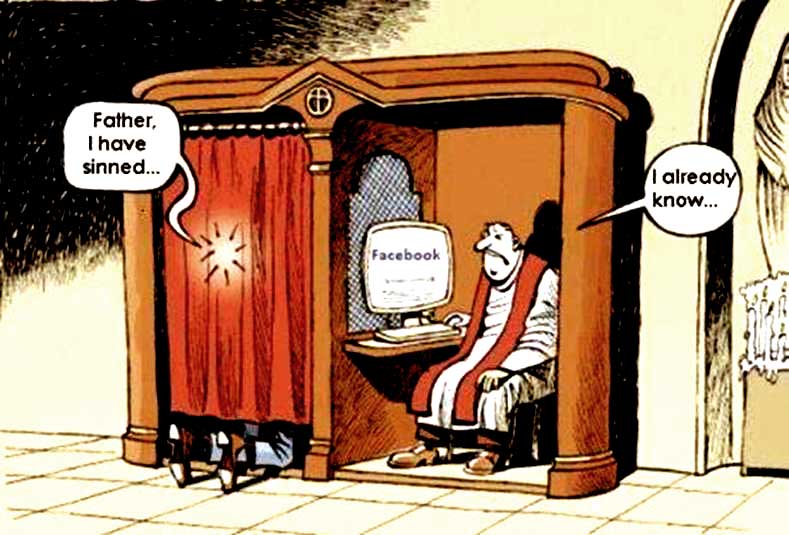




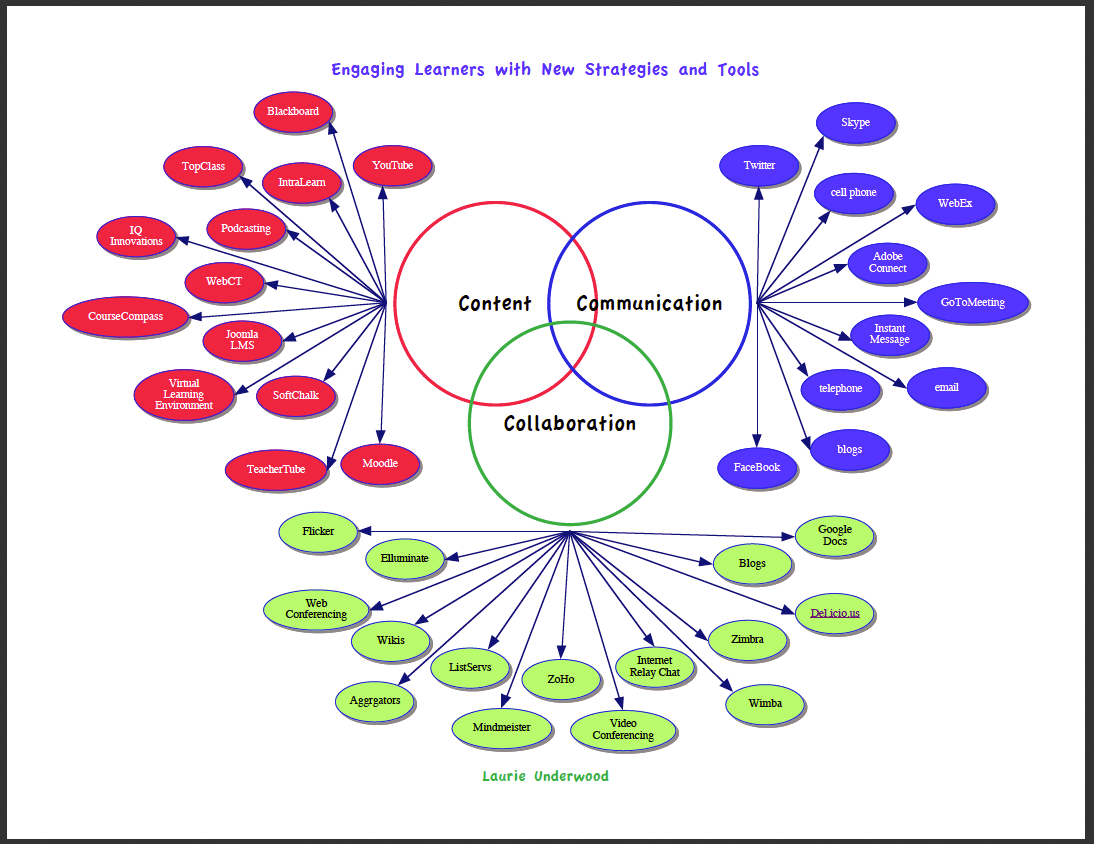
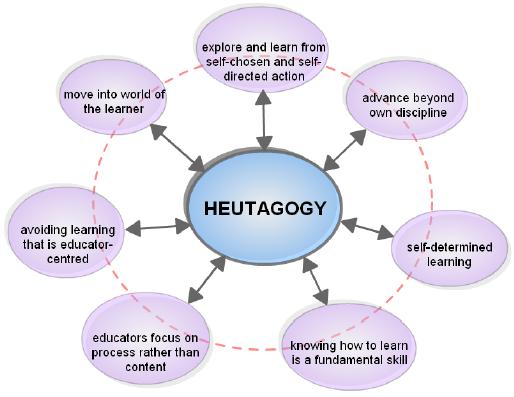

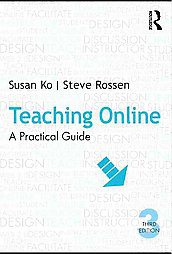
 Diego Union Tribune had an article about this mentioning that pretty much all schools in the US have growing numbers of students registering to take online classes. As Ko & Rossen say: Lifelong learning is for everyone. It sounds good to me.
Diego Union Tribune had an article about this mentioning that pretty much all schools in the US have growing numbers of students registering to take online classes. As Ko & Rossen say: Lifelong learning is for everyone. It sounds good to me. I read the Wikipedia definitions on Instructional Design and Educational Technology. In general, I am not a fan of Wikipedia and I don’t rely on this Internet source for anything because it can be edited by just anyone. For some reason, I wonder if the updating mode is always correct. I think Wikipedia is especially used by students because it is very easy to get basic general information without checking the intricate details. But in regards to the definitions above, I think it is pretty well explained with enough details and it does correlate with the reading we had to do (some parts) this week.
I read the Wikipedia definitions on Instructional Design and Educational Technology. In general, I am not a fan of Wikipedia and I don’t rely on this Internet source for anything because it can be edited by just anyone. For some reason, I wonder if the updating mode is always correct. I think Wikipedia is especially used by students because it is very easy to get basic general information without checking the intricate details. But in regards to the definitions above, I think it is pretty well explained with enough details and it does correlate with the reading we had to do (some parts) this week.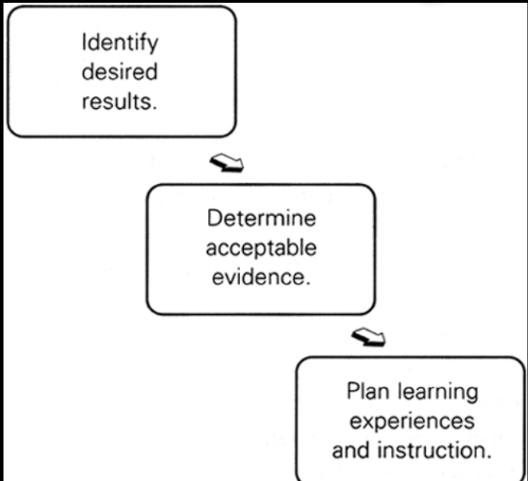
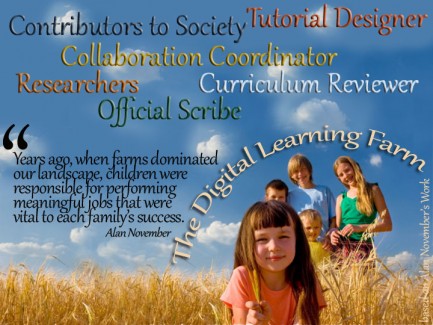



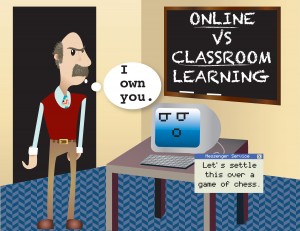 This was a lot of reading this week (!!!) and this article was interesting. I made the choice of commenting on a few results:
This was a lot of reading this week (!!!) and this article was interesting. I made the choice of commenting on a few results: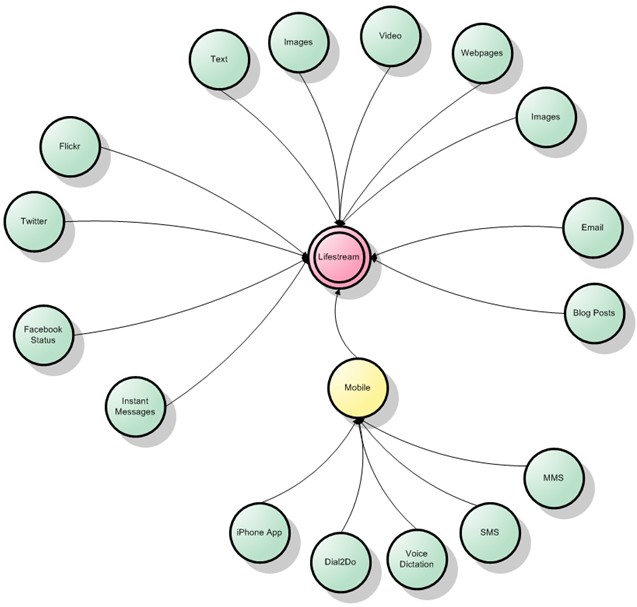


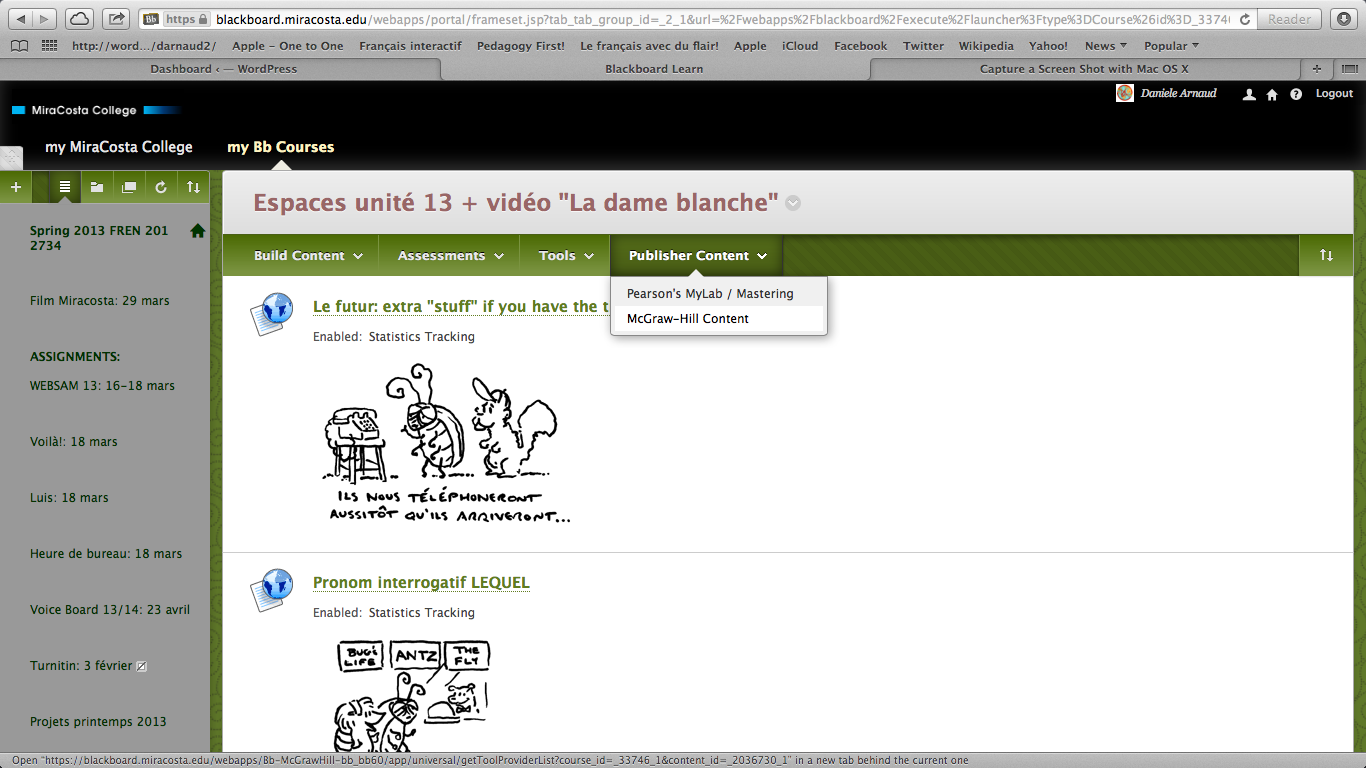

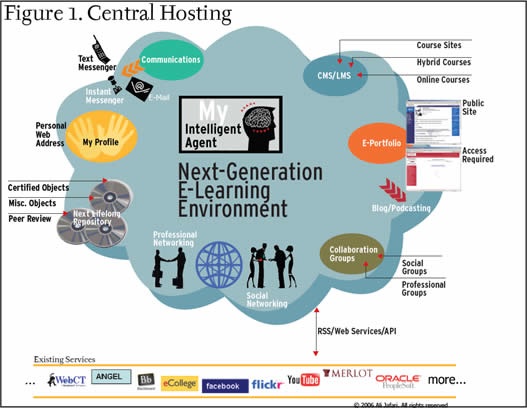

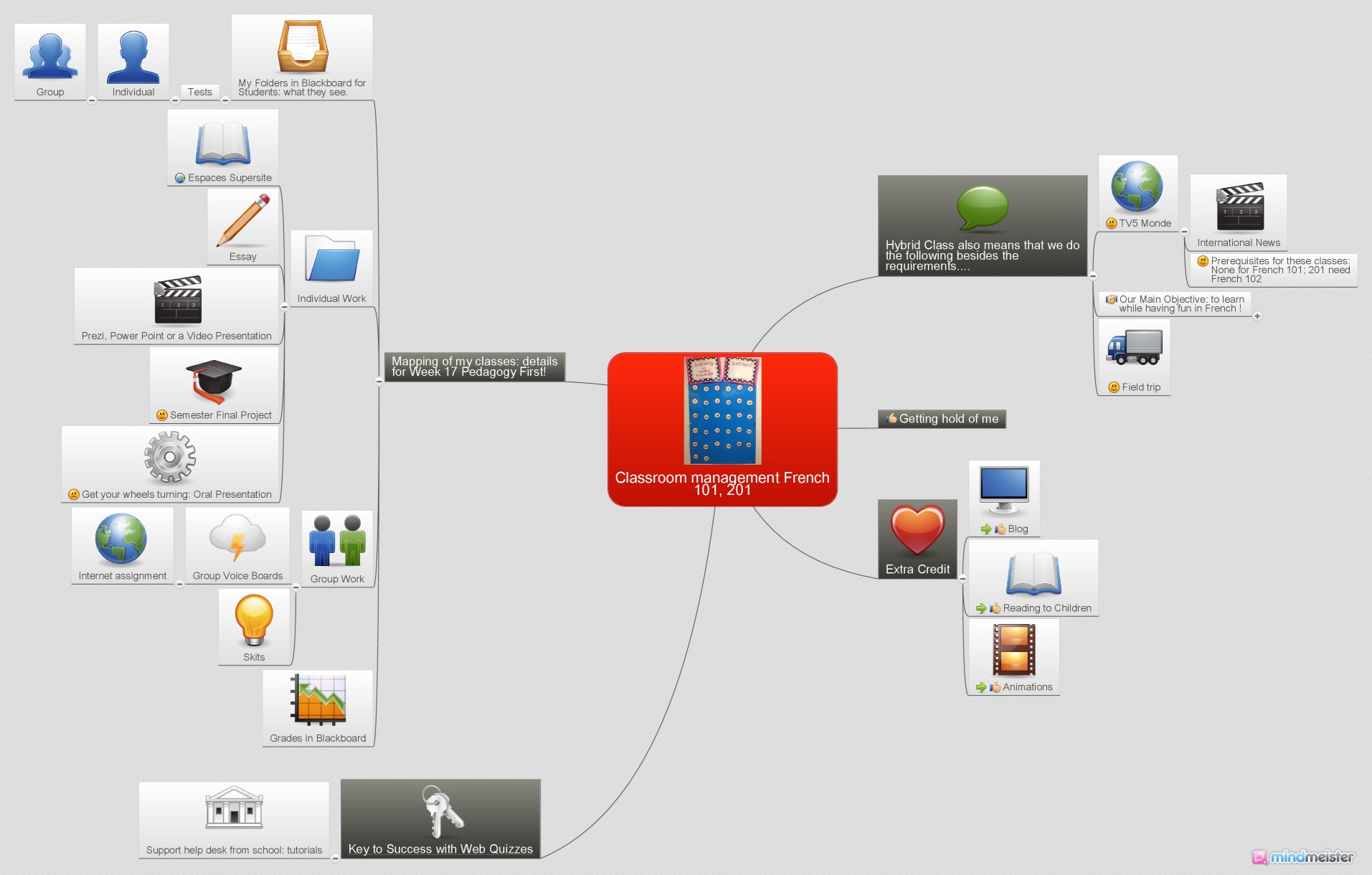



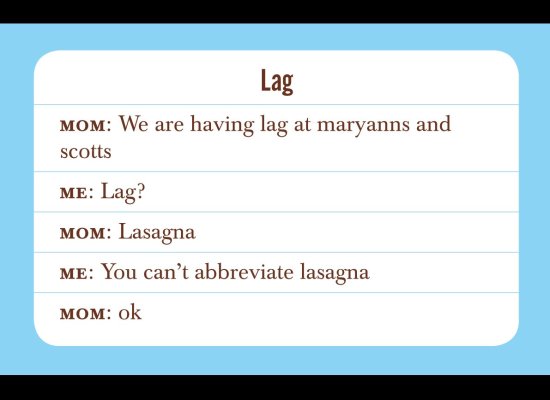
 ECAR Study of Undergraduate Students and Information Technology (2010):
ECAR Study of Undergraduate Students and Information Technology (2010):  My actual experience is based on my students’ connection to the Web on a daily basis: they use (most of them) Skype and their smart phones (but not all of them) to do their homework online on Blackboard. Such a small screen but they are ok with that, I guess. A question of habit. But I have several students who have their laptop in my classes while I teach so they can access the same sites as me when I show them in class on a big screen. To them, it is easier to see because they are closer to their eyes and at the same time they often check other websites at the same time to see if what I show has the same content on similar websites. A few students have iPads but most of them prefer a MacBookPro or a PC laptop. Text messaging during class time is still a problem and they frankly don’t care when reminded not to use their phone. They stop to please you but do it again 10 minutes later. Not every student behaves this way but quite a few do. And in regards to homework, there is still a good number of students who rather like doing their homework the old fashioned way on paper rather than online. But there are, of course, students who like doing their work online too so this new technology is definitely an option to those who prefer a screen instead of a hardcover workbook.
My actual experience is based on my students’ connection to the Web on a daily basis: they use (most of them) Skype and their smart phones (but not all of them) to do their homework online on Blackboard. Such a small screen but they are ok with that, I guess. A question of habit. But I have several students who have their laptop in my classes while I teach so they can access the same sites as me when I show them in class on a big screen. To them, it is easier to see because they are closer to their eyes and at the same time they often check other websites at the same time to see if what I show has the same content on similar websites. A few students have iPads but most of them prefer a MacBookPro or a PC laptop. Text messaging during class time is still a problem and they frankly don’t care when reminded not to use their phone. They stop to please you but do it again 10 minutes later. Not every student behaves this way but quite a few do. And in regards to homework, there is still a good number of students who rather like doing their homework the old fashioned way on paper rather than online. But there are, of course, students who like doing their work online too so this new technology is definitely an option to those who prefer a screen instead of a hardcover workbook.
